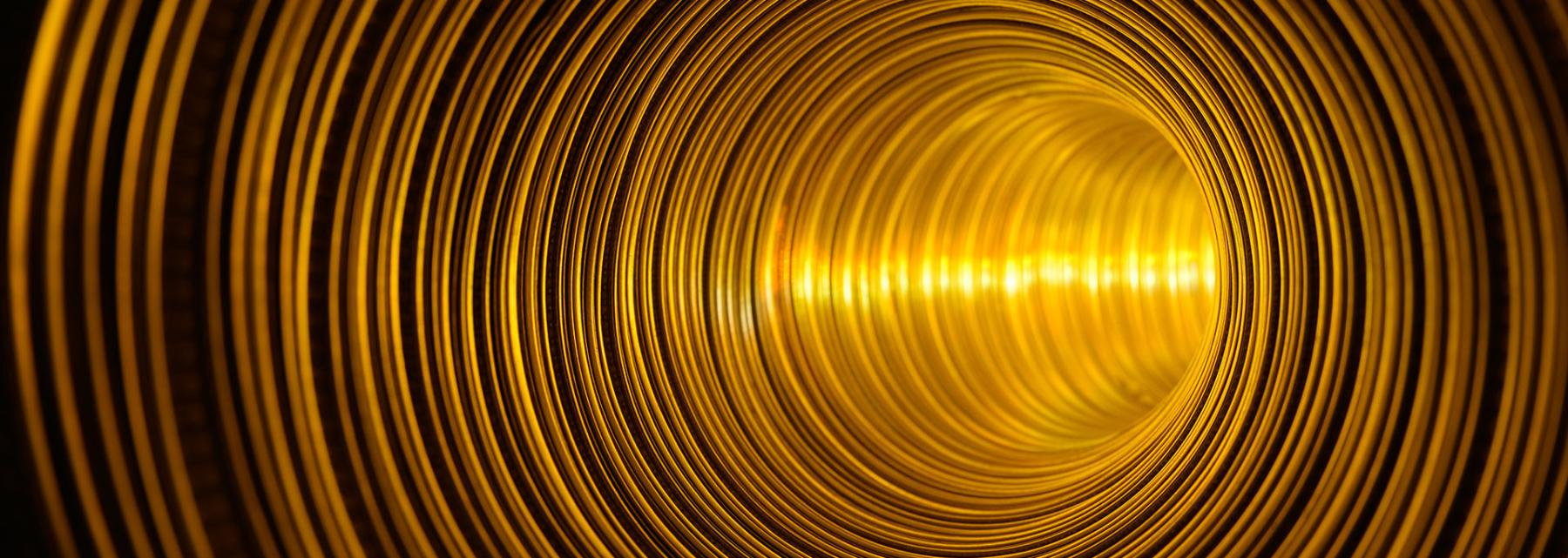
Longitudinal and Transverse Waves
In this creative lesson, students will use a slinky to model two types of waves: longitudinal/compression waves and transverse waves. Through class exploration, students will first practice making the motion/shape of each wave and then explore how different speeds change the wave. This lesson proceeds a lesson where students find, measure and calculate the velocity of a wave they create. At the end of this lesson, students will be able to define and identify compression/longitudinal and transverse waves and identify the key components in a wave.
Lesson Grade Level
8th GradeLesson Plan Link/URL
https://docs.google.com/presentation/d/1ulrhuRXtpE3D6LmK1XK_85oETfmxAtuS/edit?u…Related Content

The quintessential chemistry lab, Flame Test Lab! Students will use spectroscopes to identify the component photons of light that are emitted from Spectrum Tubes and Flame Tests. Students will learn

This engaging lesson is designed for students to derive the rules for circuits in series by experimenting with different variables in simple circuits in series using the PhET DC Electricity simulation

Students will discover the Empirical Formula for the synthesis of Magnesium and Oxygen through a laboratory experiment in which they will react Magnesium Ribbon with atmospheric Oxygen by super